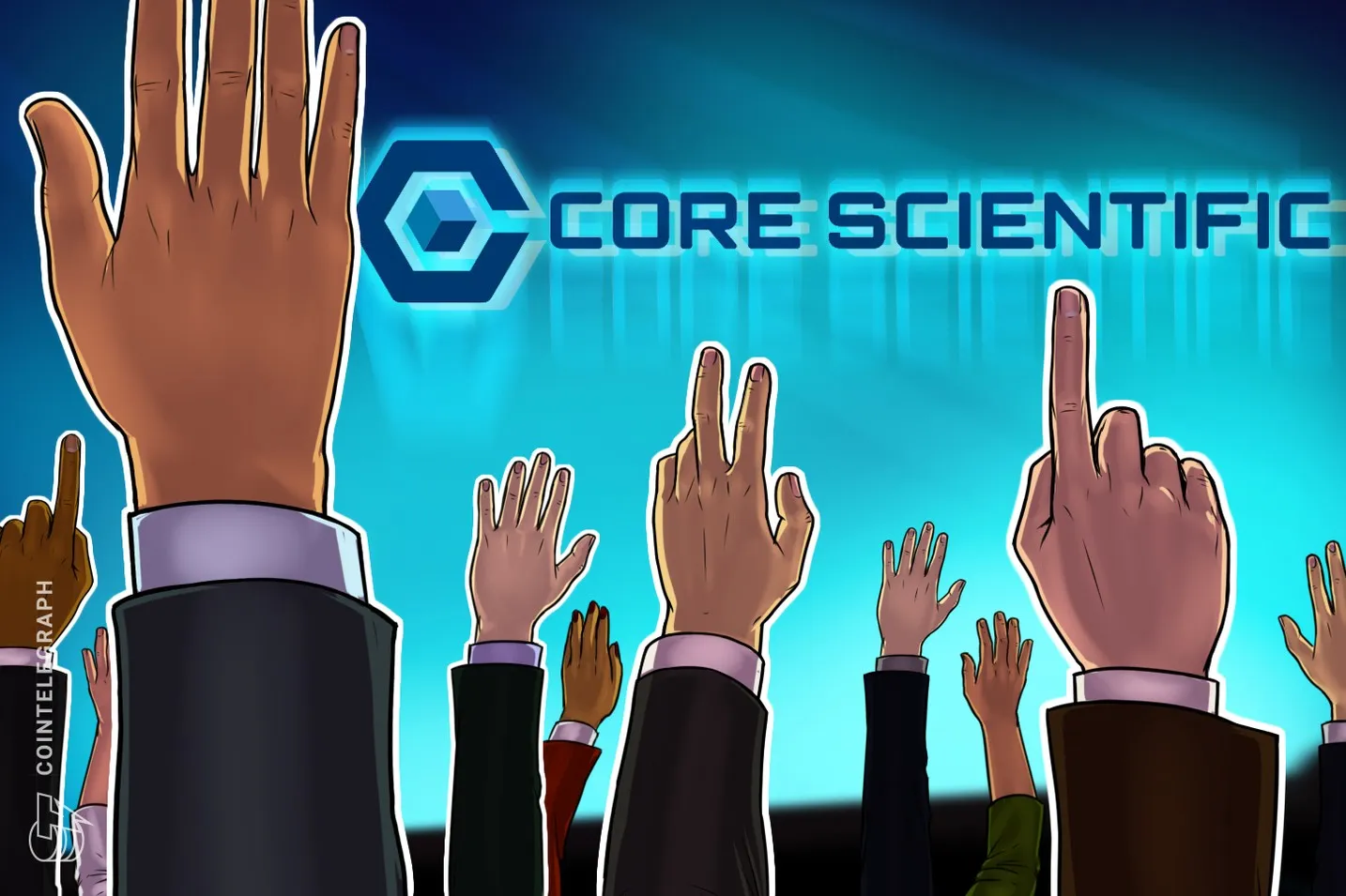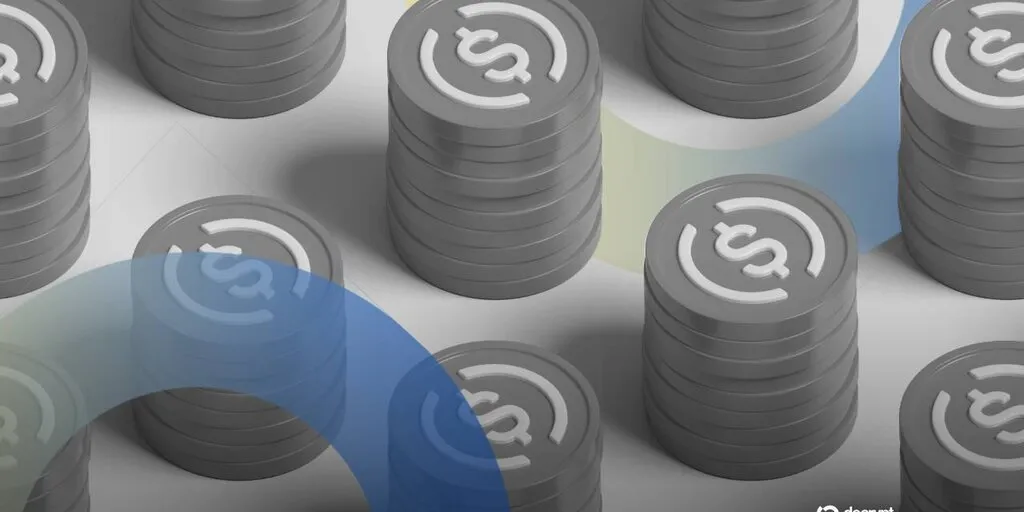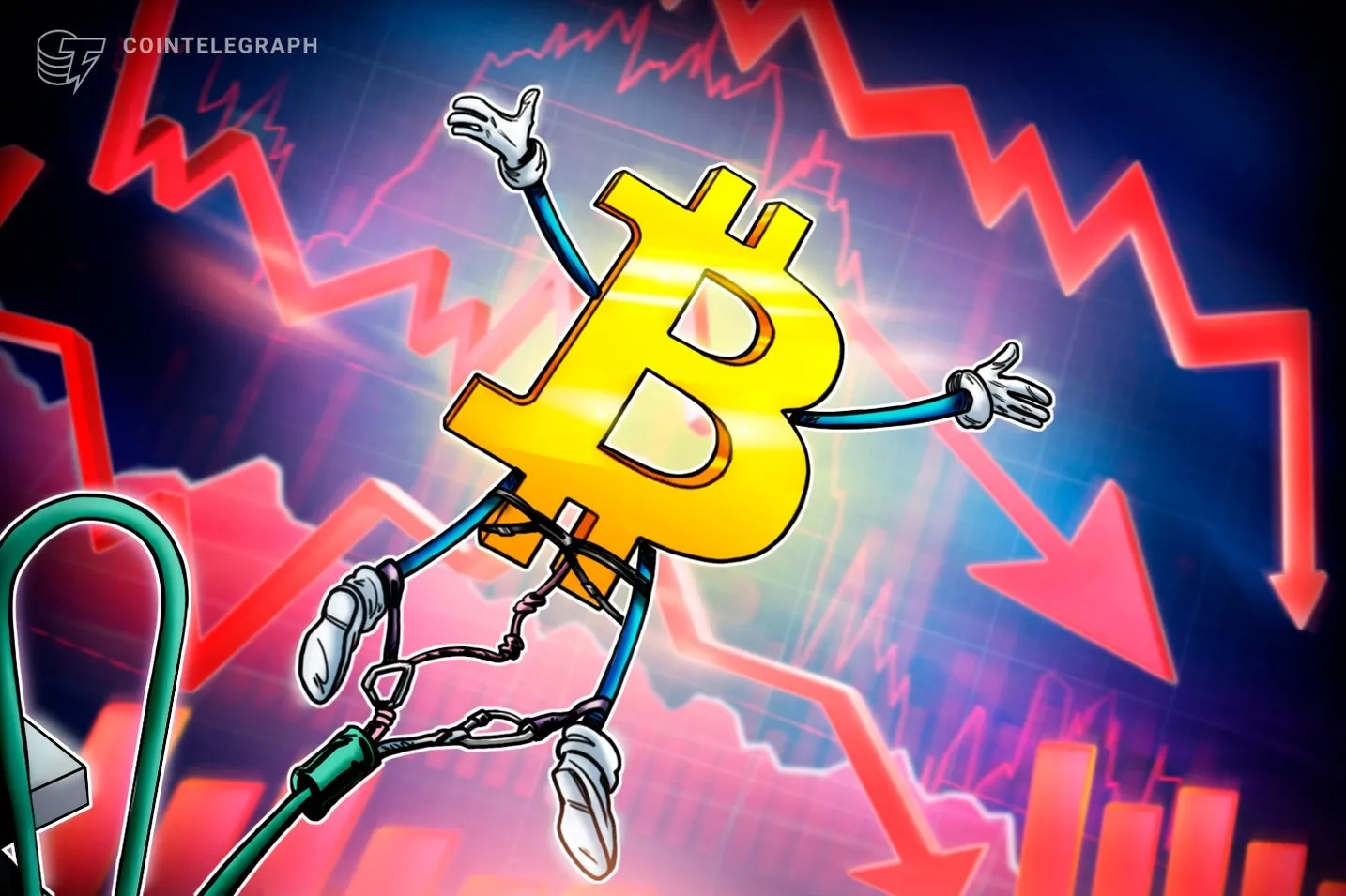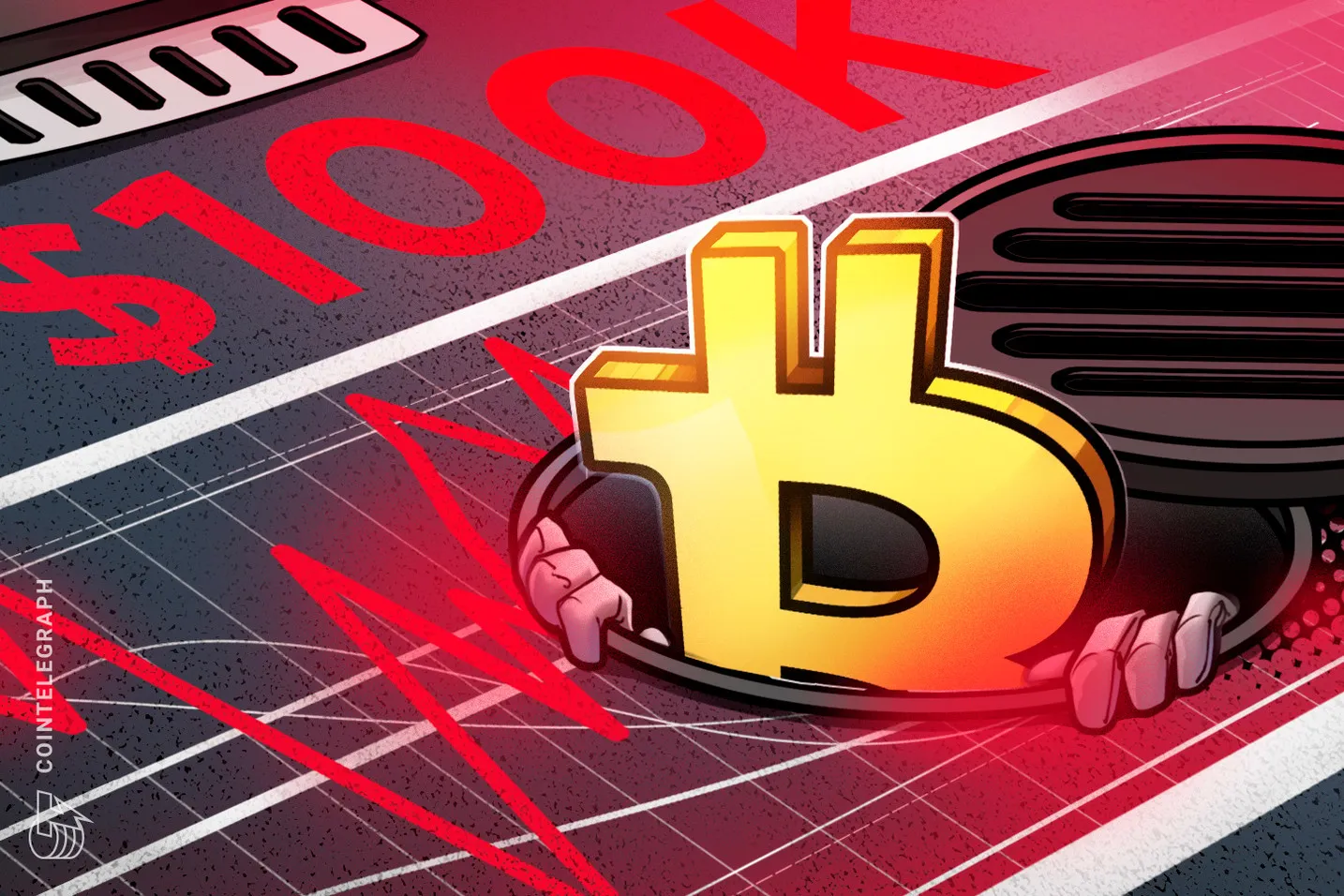x402 has implemented a pay-per-use feature on the internet.
The current momentum is driven by infrastructure, primarily propelled by Coinbase and Cloudflare.
PING is a catalyst, but the real story is the adoption of the protocol, not the token.
You can quickly test it by launching an endpoint and validating the 402 → payment → authorization process.
X402 is a simple way to implement pay-per-use on the internet. When you access a paid application programming interface (API) or file, the server responds with the network's built-in "402 Payment Required" message, specifying the price—usually just a few cents in USDC—and where the payment goes.
You send an on-chain payment from your wallet, repeat the request, and the server delivers the result. No accounts, passwords, API keys, or monthly plans—just a one-time payment related to that specific request.
The idea is not new. The 402 status code has existed in HTTP for many years, but it wasn't until 2025 that Coinbase packaged a clear protocol ("x402") around it, providing a practical blueprint. The company released documentation and code and offered developers a hosted gateway. Soon after, Cloudflare partnered with Coinbase to jointly launch the x402 Foundation program, formalizing the standard and bringing support to mainstream developer tools.
You may have first heard of x402 because a token called PING gained attention. The token's hype has faded, but the protocol remains because it addresses a common problem: charging for API calls, AI inference, or downloads without requiring users to create accounts.
This practicality, combined with new tools for AI agents to make automatic payments, has driven a second wave of interest in actual usage rather than price charts.
Did you know? X402 is becoming the default way for AI agents to make autonomous payments. Cloudflare is adding native x402 support to its Agents SDK and MCP servers. Coinbase's new Payments MCP allows popular large language models to hold wallets and complete requests without needing API keys.
PING is a meme coin based on Base (Coinbase's Layer 2) and is the first token publicly minted through the x402 process, which is why it has attracted attention. Early buyers did not need to register on a website; they simply accessed a URL, received a "402 Payment Required" message, paid a small amount of USDC on-chain, and after retrying the request, received PING. This can be seen as a live demonstration of the x402 pay-per-request model applied to the minting process.
The token is published by the X account Ping.observer. Public reports and exchanges attribute PING to this account. There is currently no official team page or white paper, nor reliable disclosure information regarding VC investment in the PING token itself.
x402 provides the infrastructure, while PING emerges as the first large-scale test case. The token adopts a pay-per-mint mechanism, stress-testing the protocol and highlighting the core principle of x402: charging a minimal on-chain fee for each request, including API calls, AI inference, file downloads, or minting in this case, without requiring accounts or API keys.
After the initial fluctuations, its lasting impact is not the token price, but the large number of developers and endpoints starting to try and experiment with the x402 protocol.
Did you know? PING reached an all-time high of about $0.0776 on October 25, 2025, before retreating in the following days.
X402 is a simple handshake. You call a paid URL, the server replies with "402 Payment Required" and the price in USDC. You send an on-chain payment, then call the URL again and attach proof of payment to get the result. That's it.
Hosting: Use Coinbase's hosted x402 gateway, complete with a dashboard and built-in Know Your Transaction (KYT) checks. It's an ideal choice for quick proof of concept.
DIY/Specification: Clone the open-source x402 reference implementation and run a minimal seller and buyer locally if you want complete control.
Choose any path (e.g., "/inference"). When someone accesses it without payment, return a "402" response along with payment details, including amount, asset (USDC), target address, and expiration time. If you can trigger that response using "curl," you're correctly using x402.
Use a sample client or hosted gateway to detect "402," make an on-chain payment, and then retry the request. Once the payment is confirmed, access should automatically update without needing accounts, API keys, or OAuth.
If you're working with agents, launch a Model Context Protocol (MCP) example. An interceptor will detect "402," make a payment from the agent's wallet, and automatically reissue the request. This is a quick way to confirm the agent-to-endpoint flow.
Top tip: Start from the testnet following the instructions in the quick start. Once the 402 → payment → authorization loop stabilizes, switch the configuration to the mainnet.
X402 is still relatively new. The specifications and reference code may continue to evolve, and currently, most live setups use USDC. Over-reliance on a single hosted gateway or single asset poses vendor and asset concentration risks. It's also important to separate the token narrative from protocol progress.
Stay tuned for details on the official establishment of the x402 Foundation, including the charter, member list, and roadmap, which will mark the transition of the protocol from product to standard. Also, keep an eye on the Cloudflare developer ecosystem (Agents SDK and MCP), as mainstream tools often promote adoption before widespread use.
Pay close attention to those that can return real endpoints with payment parameters, "first returning a '402' response—then unlocking access through on-chain payment," all without accounts or API keys. If there are more quick start tutorials, documentation, and increased GitHub activity, it indicates a positive supply-side performance.
Wider coverage of cloud service providers, content delivery networks (CDNs), and more agent frameworks beyond early partners, while supporting more assets and networks, will make x402 increasingly hard to ignore. The integration of "agent commerce" is also likely to attract developers who have not previously ventured into the crypto space.
Please follow the main channels: Coinbase product pages, documentation, and GitHub for the latest protocol updates, and check the Cloudflare blog and press releases for foundation news and SDK support. Information from sources other than these official channels—especially regarding token discussions—should be treated as background noise.
Related: Avalanche's third quarter wraps up: Government stablecoin launched, $300 million hedge fund tokenized
Original article: “Why the x402 protocol didn’t fade after the PING hype and what’s driving the second wave?”
免责声明:本文章仅代表作者个人观点,不代表本平台的立场和观点。本文章仅供信息分享,不构成对任何人的任何投资建议。用户与作者之间的任何争议,与本平台无关。如网页中刊载的文章或图片涉及侵权,请提供相关的权利证明和身份证明发送邮件到support@aicoin.com,本平台相关工作人员将会进行核查。




